DEL Lab Schools Feature: Noel Staples-Freeman
We’re spotlighting our 2025 DEL Lab Schools recipients. Join us in celebrating Noel Staples-Freeman!
Noel Staples-Freeman teaches dance to learners across all ages and abilities, bringing inclusive, culturally rich movement practices into schools and communities throughout Berkshire County.
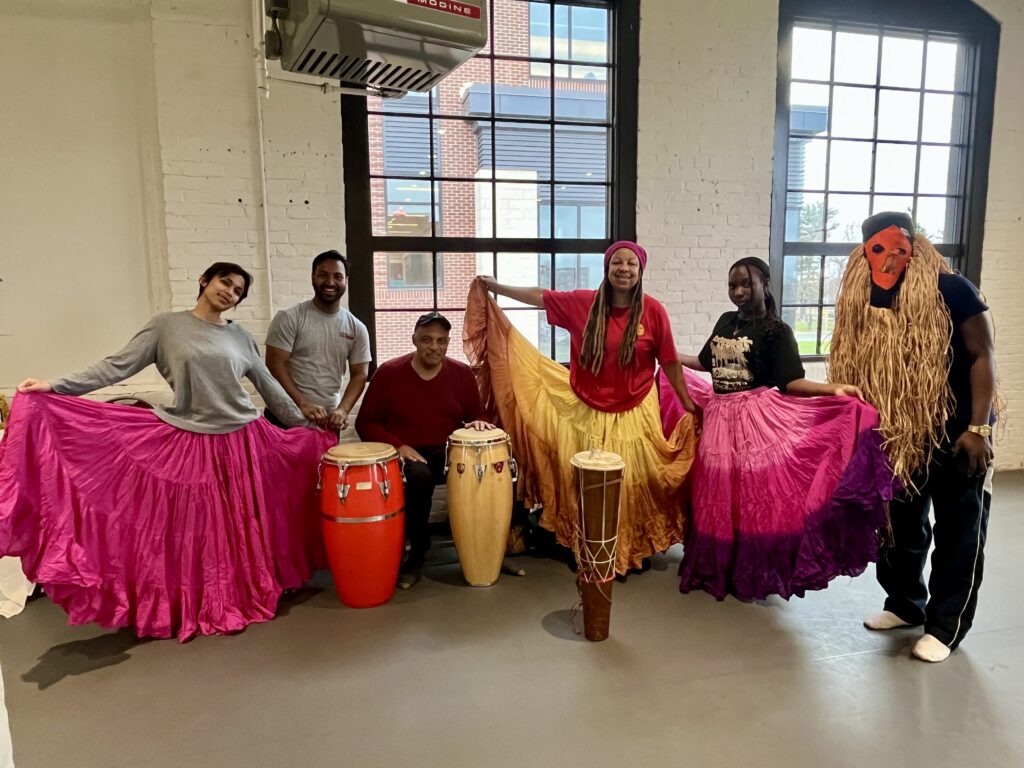
Springfield College African Dance Theory and Technique Class; Photo by Mackenzie Dunn
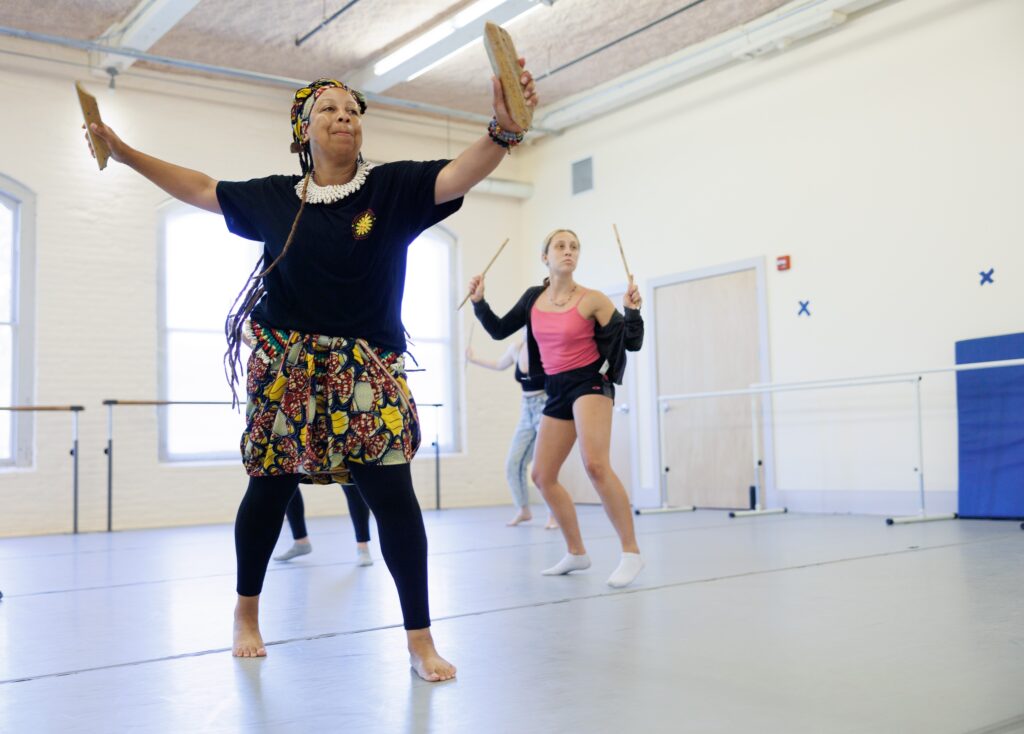
Berkshire Pulse African Rooted Dance Class
Noel teaches African Dance Theory and Technique at Springfield College and is a teaching artist with CATA, Berkshire Pulse, and Jacob’s Pillow, creating accessible, intergenerational spaces for dance and storytelling.
Rooted in the land, Noel draws inspiration from Common Good Urban Farm in her hometown of Dorchester, MA, to Mumbet’s Freedom Farm in Sheffield, MA—honoring the connection between environment, heritage, and cultural expression.
Her “teacher’s heart” centers on cultural affirmation, joy, and accessibility, inviting students of all backgrounds and abilities to experience movement as a powerful form of connection. With rhythm, story, and shared traditions, she strengthens identity and builds meaningful community ties across generations.
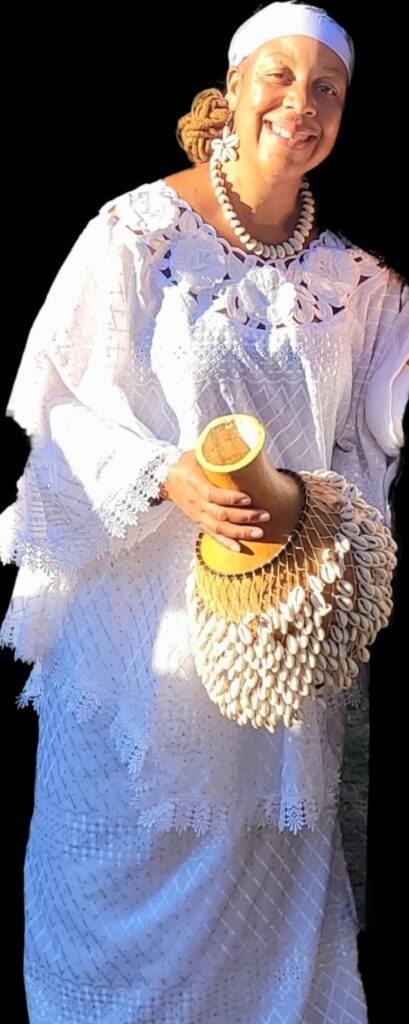
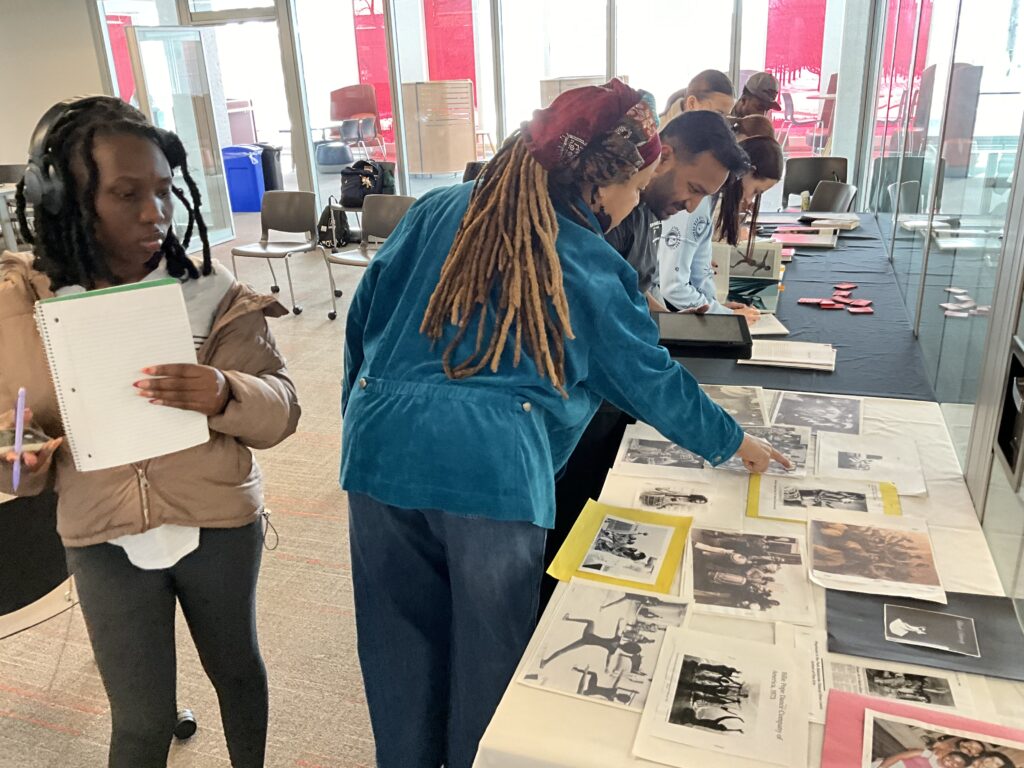
Springfield College African Dance Theory and Technique Class; Photo by Mackenzie Dunn
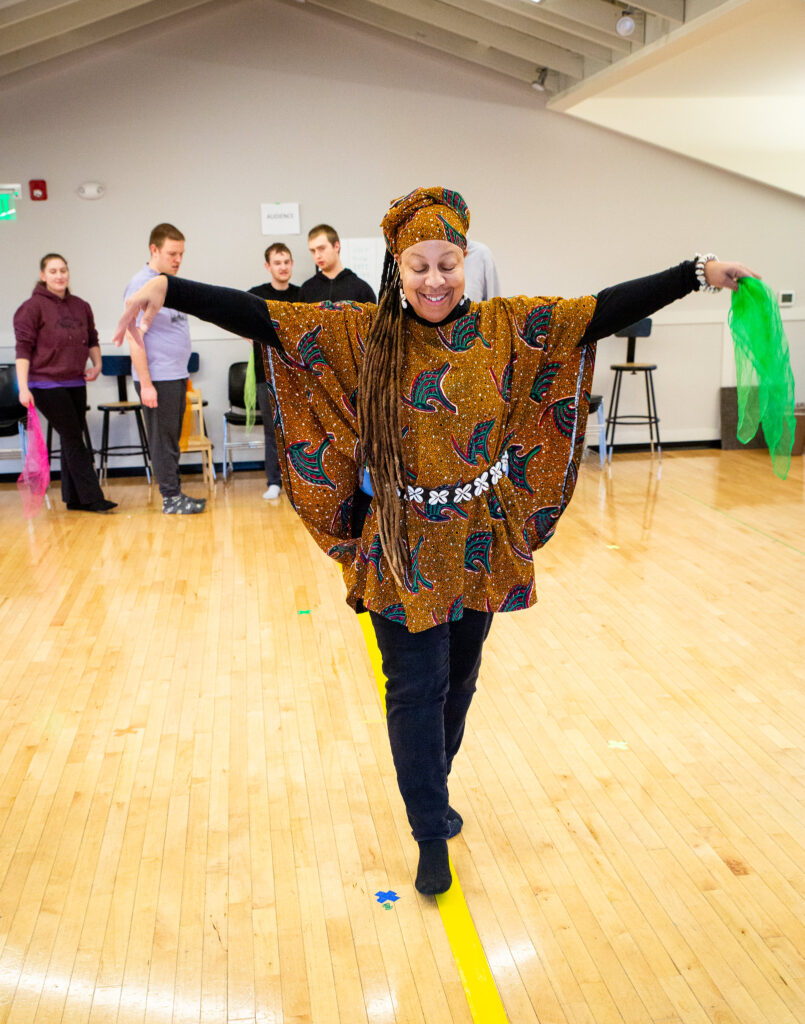
Community Access to the Arts (CATA); Photos by David Dashiell
We asked Noel to answer the following questions:
1. What is one of the biggest learnings or takeaways that has stuck with you from a DEL Course/Workshop?
One of the biggest takeaways that has stayed with me from our Instructors and the DEL course is understanding the value of simplicity in teaching. Going through each module, I had multiple examples to study, work with, and draw from. This comprehensive approach really helped me see how I could integrate the DEL Foundations model into my own lessons. I learned that when we simplify and refine a lesson down to its most essential parts, it can actually create more space—for creativity, for connection, for deeper understanding. That idea continues to guide me. Less really can lead to more.
2. How do you apply the DEL Model in your teaching environment? Tell us more about how you use what you’ve learned from DEL in your real life.
In my teaching environment, I allow room for improvisation, for listening, for responding to the energy in the room. I’ve learned to center inquiry, movement, and student reflection. I give students space to share what they’re thinking—through words, journaling, and movement. Their feedback gives me insight into what’s landing with them, what sparks curiosity, and what stories are waiting to be told.
Introducing concepts of “DEL Tracing Footsteps: A Journey Into Jazz” was a breakthrough moment for me and my students. Studying the dance pioneers who carried traditions forward—and then turning the lens inward to reflect on our own histories and cultural knowledge—brought something real and powerful into the room. We recognized that we’re not just learning about culture, we’re living it. We’re part of the story.
3. At the center of the DEL Model is the Teacher’s Heart, which represents the core artistic and philosophical values and beliefs of every dance educator.
At the center of my Teacher’s Heart is the commitment to nurturing creativity. I believe in the power of expression—how movement can speak when words fall short. I want to create space for ideas to grow, for students to feel seen, and for their creativity to take root, blossom, and inspire others.
The DEL Lab School initiative is designed to acknowledge and celebrate dance educators who are bringing the DEL Model to life in their unique teaching contexts.
Photos courtesy of Noel Staples-Freeman.
